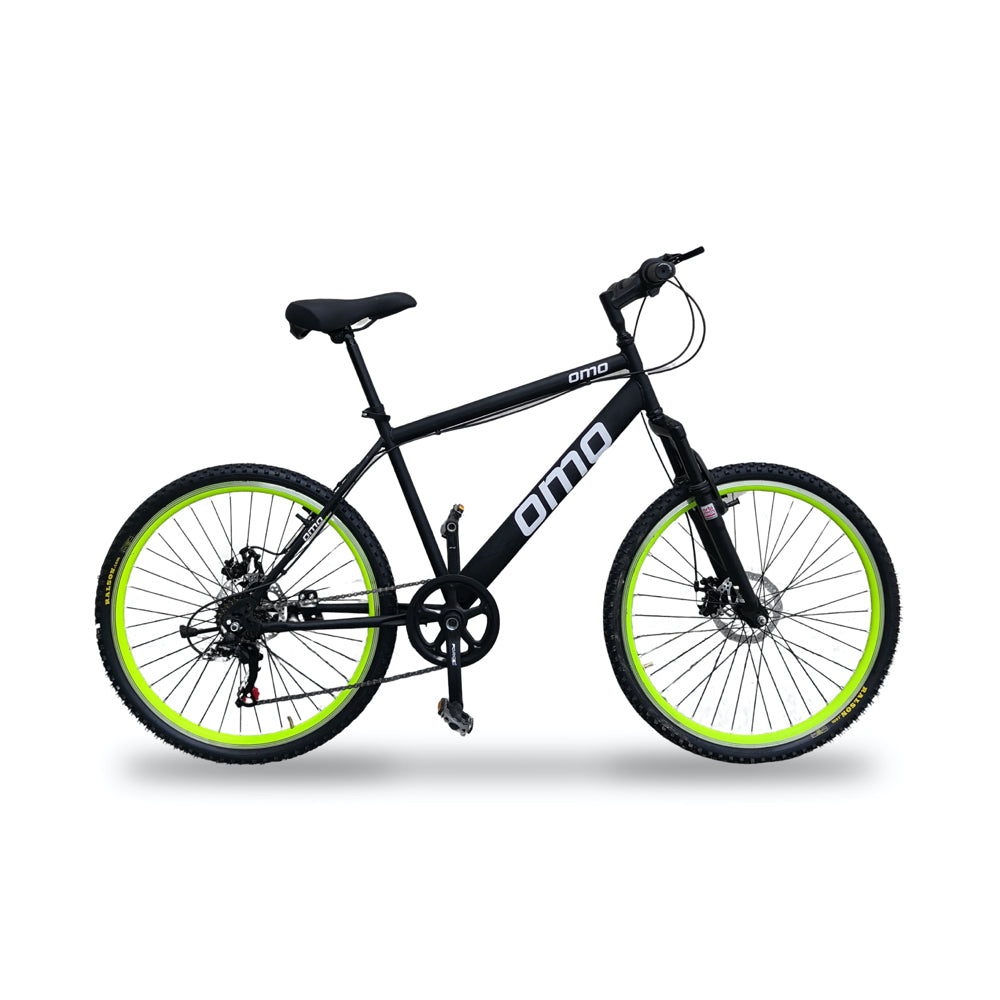How to Choose a Right Lubricant for your Bicycle
OMO BikesShare
Lubrication is one of the most important part of any machinery all over the world. It doesn't matter, if it's a bike (Cycles) or an Aircraft, regular lubrication is needed for smooth functioning of the Machine. So before you understand this term you must know their categories. In this blog and video, we will explain the lubrication terminologies or different types of lubrications:

Type Of Lubrications
INTERNAL LUBRICATION:
Internal Lubrication means any kind of lubrication which is applied internally in your Bicycle or machine. It is always in the form of paste or semi-solid such as multipurpose Grease, Lithium Grease, High performance Grease and Carbon Grease etc, we will discuss separately about this in our coming blogs. So, in simple words, all the internal lubrications are always in the form of paste or semi-solid form called grease.

TYPE OF GREASE/INTERNAL LUBRICATION FOR CYCLES:
1) LITHIUM GREASE:
Lithium grease is the most commonly used lubricating grease around the globe - accounting for 75% of lubricating applications across all industries. In the automotive industry, it is commonly used as a lubricant in wheel bearing and chassis applications. It demonstrates excellent water resistance and high temperature resistance. This dual capability means it has largely displaced traditional sodium and calcium based greases.

2) BIO GREASE:
Bio-Grease is a Premium Quality, Biodegradable calcium thickened grease designed to ensure biodegradability. The extreme pressure additives and special blend of antioxidants and corrosion inhibitors ensure lubrication and protection while you ride your Bicycle in very cold and Wet Conditions.
Bio-Grease has a tacky and adhesive nature, which makes it suitable for bearing and open gears.

3) MULTI-PURPOSE GREASE:
In simple terms, a multipurpose grease can be defined as a grease combining the properties of two or more specialized greases that can be applied in more than one application. For example, lithium grease can be applied both in chassis and wheel bearing applications of all types of cycles.

4) CARBON GREASE:
Carbon Grease are not actually Grease, it's a friction compound to help carbon and metal will tightly hold together like seat post and carbon handle bar to alloy steam, never ever use oil or grease on them because they start absorbing into your carbon and make them weak.

EXTERNAL LUBRICATION:
In very simple language external lubrication means any kind of lubricant which is applied externally on your Bicycle or machine, always in form of liquid, is called External Lube like Cable Lube, Chain Lube like Dry Lube, Wet Lube, Ceramic Lube, Wax Lube, All Weather Lube and so on. We will discuss it in more details in coming blog post but in short term, any kind of external lubrication is always in form of Liquid.
TYPE OF EXTERNAL LUBRICATION FOR CYCLES:

1) DRY LUBE:
Dry lubes, so-called because they’re designed for riding in dry conditions, are often made up of around 10 per cent lubricant – synthetic oils and additives – and 90 per cent carrier fluid.
As a lower viscosity lubricant, dry lubes promise greater efficiency through lower friction and by attracting fewer contaminants. The downside of dry lubes is they are often very easily washed off by rain or puddles.

2) WET LUBE:
Wet lubes are designed for riding in wet or year-round conditions and, as such, generally contain greater quantities of higher viscosity synthetic oils, as well as additives such as PTFE. You get more lubricant per millilitre with this type of lube and the increased viscosity of the oils means this type of lubricant should last longer and is much less prone to getting washed off your chain if you encounter water.

3) ALL WEATHER LUBE:
All weather lube is a transparent, high-pressure lubricant with high adhesive strength. A unique combination of natural and synthetic lubrication agents, coupled with a high molecular weight polymer (PTFE) and if you are not a performance rider you can easily choose it without any second thoughts.

HOW TO APPLY LUBE PROPERLY:
To apply bike chain lube, deposit a drop on the top of each link as you slowly backpedal for a few revolutions, so the lube has a chance to work its way in. Wipe off excess lube—if you don't, it can attract more dirt to your chain and also prevent wastage of lube too.

So, that's all for this blog, but if you have any suggestions, ideas, questions or issues we are always ready to help you out and make your cycling experience outstanding.

